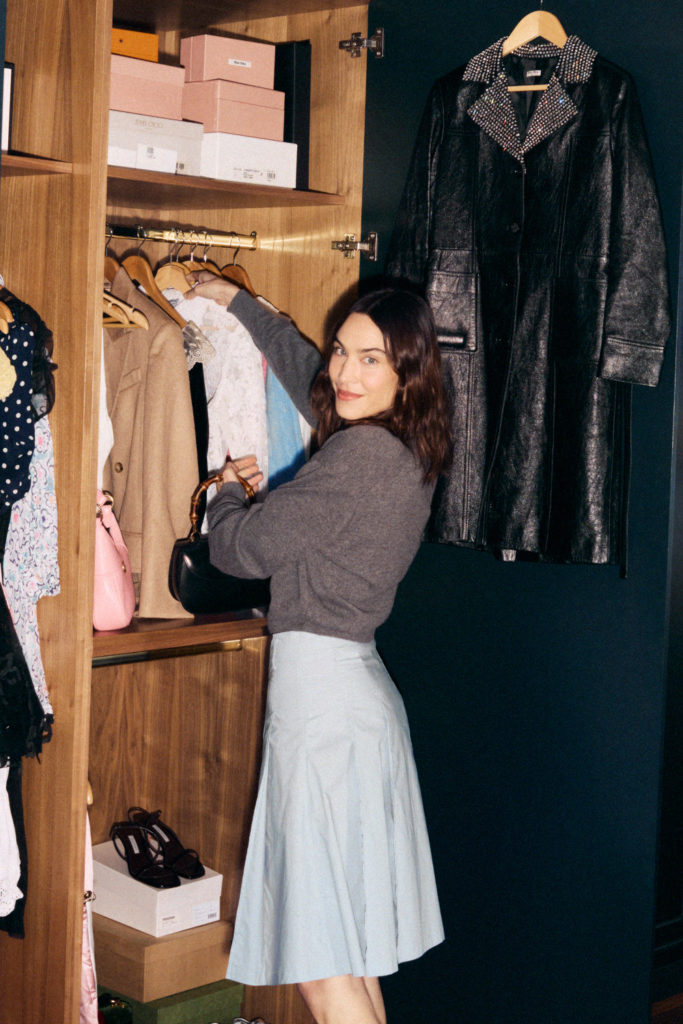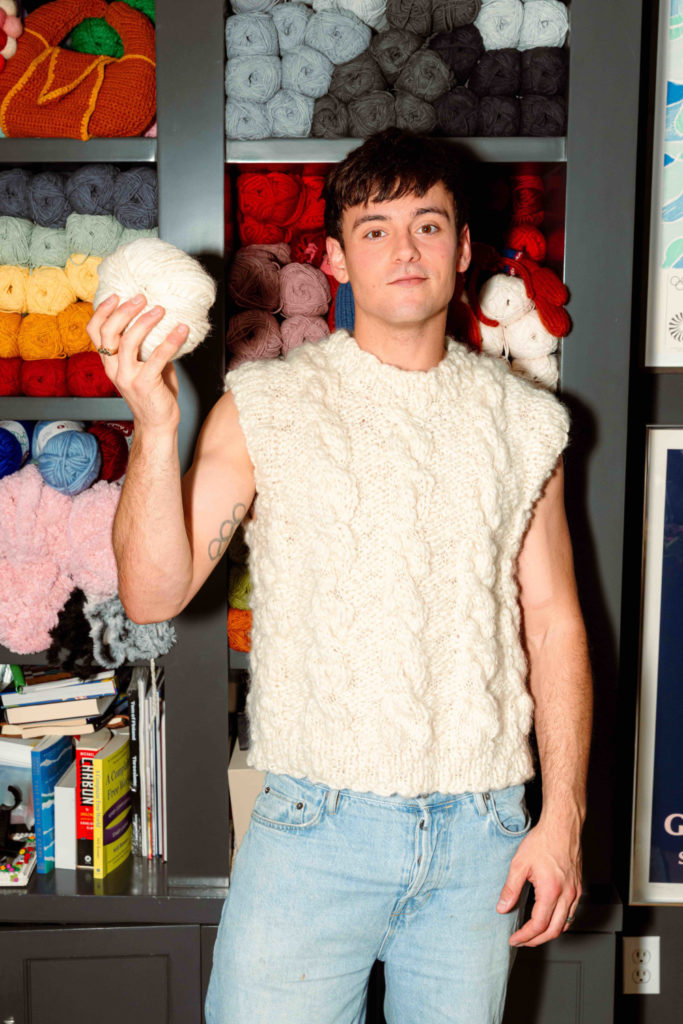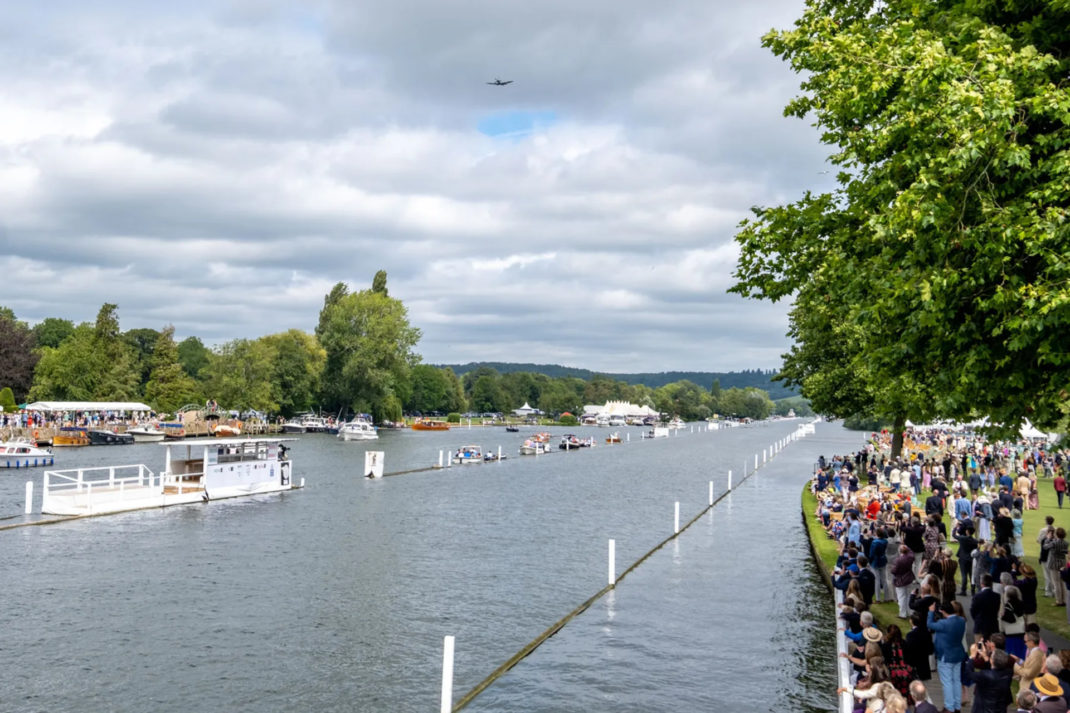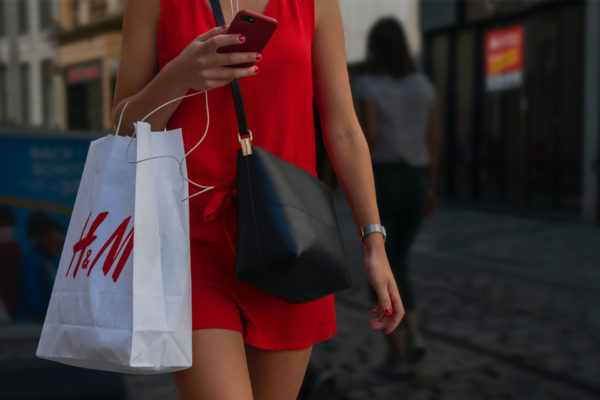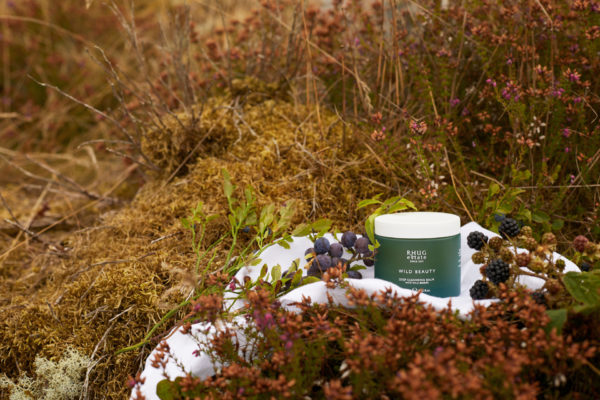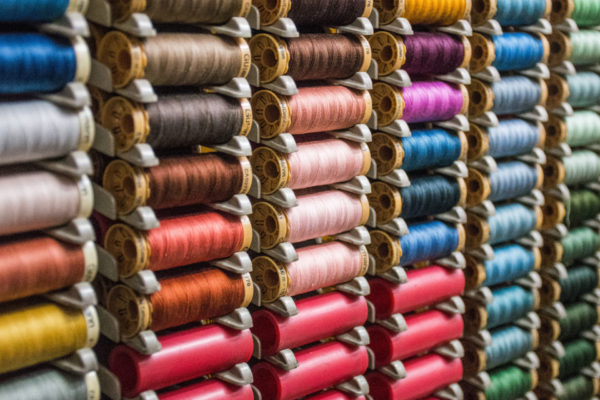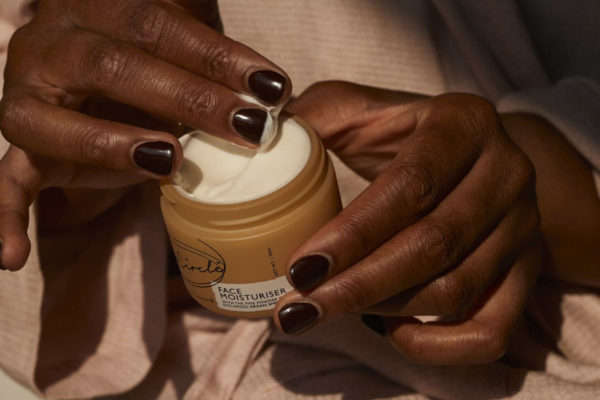What is Slow Fashion?
By
3 years ago
Your guide to the slow fashion movement
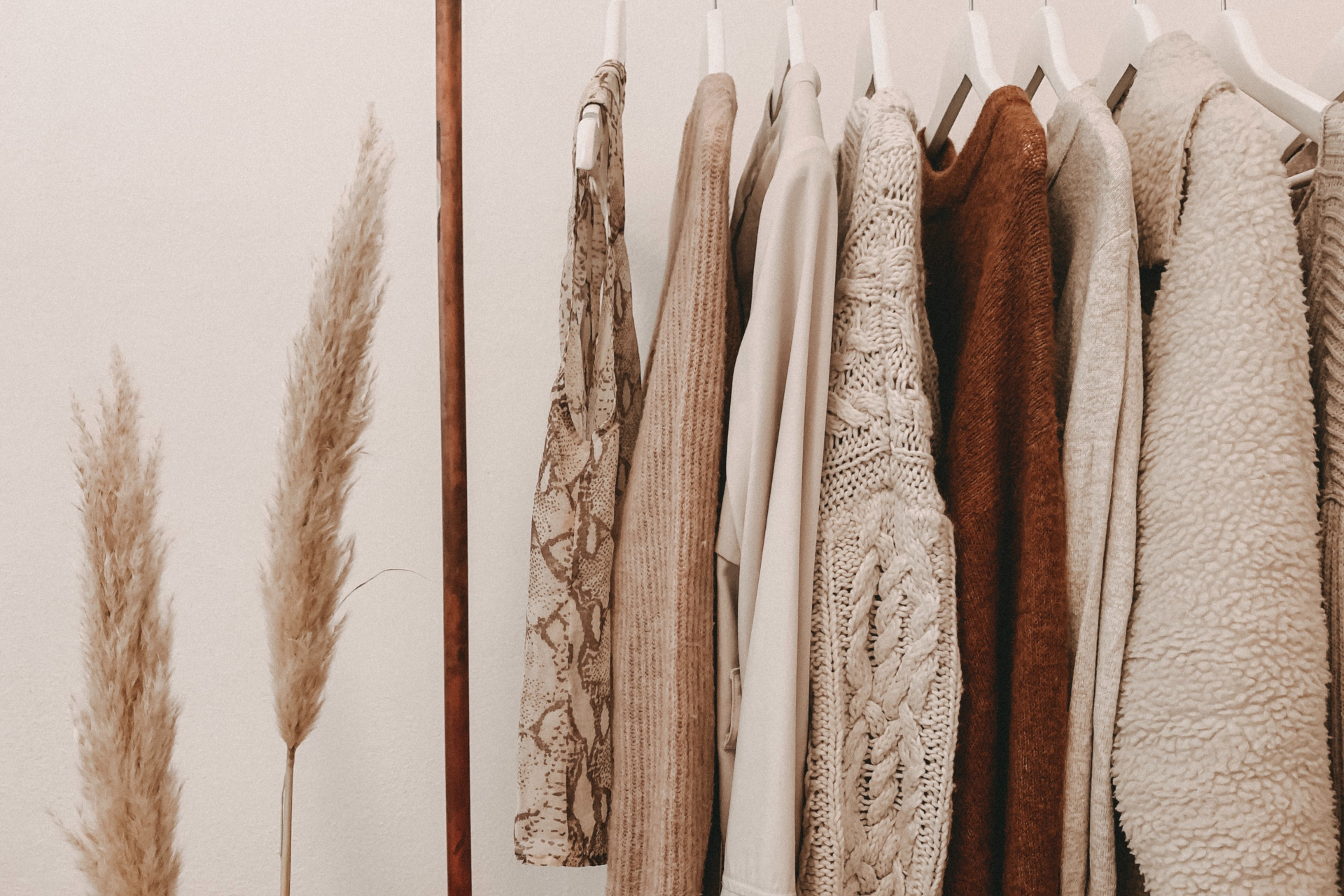
While horror stories surrounding the fashion world are more rife than ever, there’s been a steadily growing shift towards practices that are better for the environment. Slow fashion is one of the key movements spearheading this trend. To get to grips with the topic, we spoke to Rebecca Ryder-Caddy, a Senior Lecturer in Fashion & Product Development at Coventry University.
What is Slow Fashion?
‘Slow fashion is an approach to fashion which is not centered around short, seasonal products and ranges,’ says Rebecca. ‘Instead, products are developed with consideration beyond seasonal trends and with the end user and their needs considered as more of a priority. The result being that the customer usually keeps and uses the products for longer. These are items designed with consideration of a range of details and intended for long term use across multiple seasons.
‘Often considered the opposite of fast fashion, the key difference between the two is about pace. This is the pace of design and production, the pace of new products being released to the market and also the pace of the consumer feeling the need for a replacement purchase.’
As with many other sustainability buzzwords in the fashion industry, however, slow fashion comes with a range of misconceptions. The most prominent, however, is the price. ‘One of the greatest misconceptions about slow fashion is that it is inherently expensive,’ outlines Rebecca. ‘There are some fantastic brands and designers who work in line with slow fashion approaches and outcomes, many of these are luxury or higher level. However, there are also some amazing brands working on more affordable product ranges who not only support slow fashion, but actively encourage it among their customers.
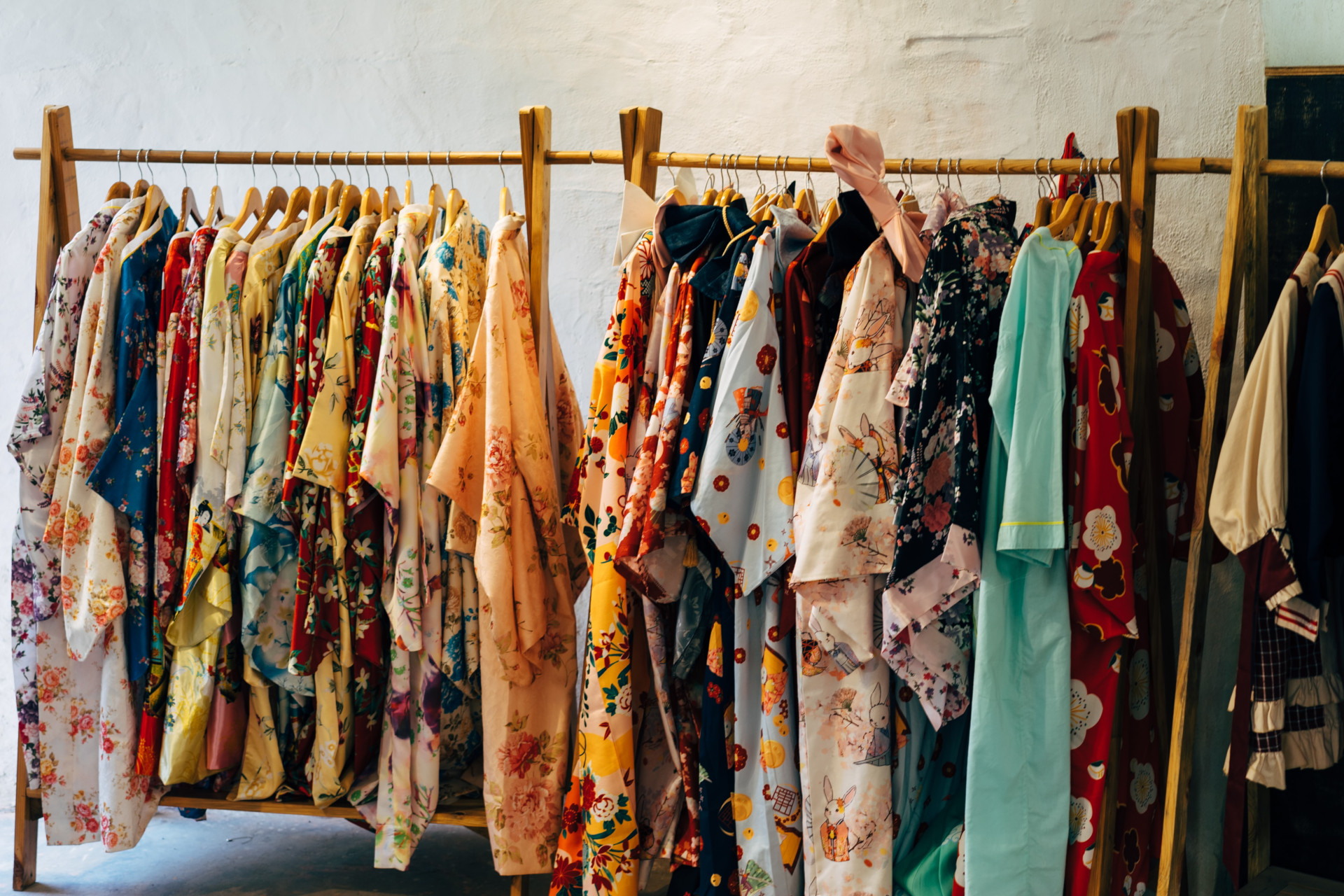
(c) Markus Winkler, Unsplash
‘A great example would be Patagonia – so much of its work has been about encouraging people to buy fewer products and then make more considered choices when selecting what to buy. A standout campaign of theirs was the 2011 advertisement for a new style of activewear jacket, which was marketed with the slogan Don’t Buy This Jacket to encourage the consumer to really think about whether they needed this new product. The brand has gone far beyond this though and have worked for many years on the Worn Wear programme which encourages repair and upcycling of their products. It’s a great example of slow fashion in successful business practice.
‘As well as brands which actively strive for slow fashion approaches, there are also a whole host of brands and designers whose work reflects slow fashion without them intending to market in this area. Examples would be designers who aim for classic and consistent rather than trend based styles (like Ann Demeulemeester), designers who adhere to their own aesthetic regardless of seasonality (such as Walter Van Beirendonck) and also more affordable brands who offer updates on popular products rather than entire new ranges with each season (a good example is M&S). These brands and designers may not be aiming for sustainable design in their approach, but the enhanced longevity of their product ranges and the deliberately slower release of new products means there is an affinity to slow fashion.
‘Another aspect of this affordability discussion is that brands often think it would be expensive to implement this consideration into their own design and development processes, but really it could be started very simply by encouraging design teams to consider the relationship between the buyer and user of the products so that they are more engaged with them and therefore more likely to keep, use and wear them for longer. Additionally, by thinking of more than visual trends in the design process – considering the multiple senses we use when experiencing garments and products – there is more chance of the piece having impact on the wearer and it subsequently being treasured for longer. All of this can help brands and designers enter into the area of design for impact, and slow fashion without expense or drastic change to their business model.’
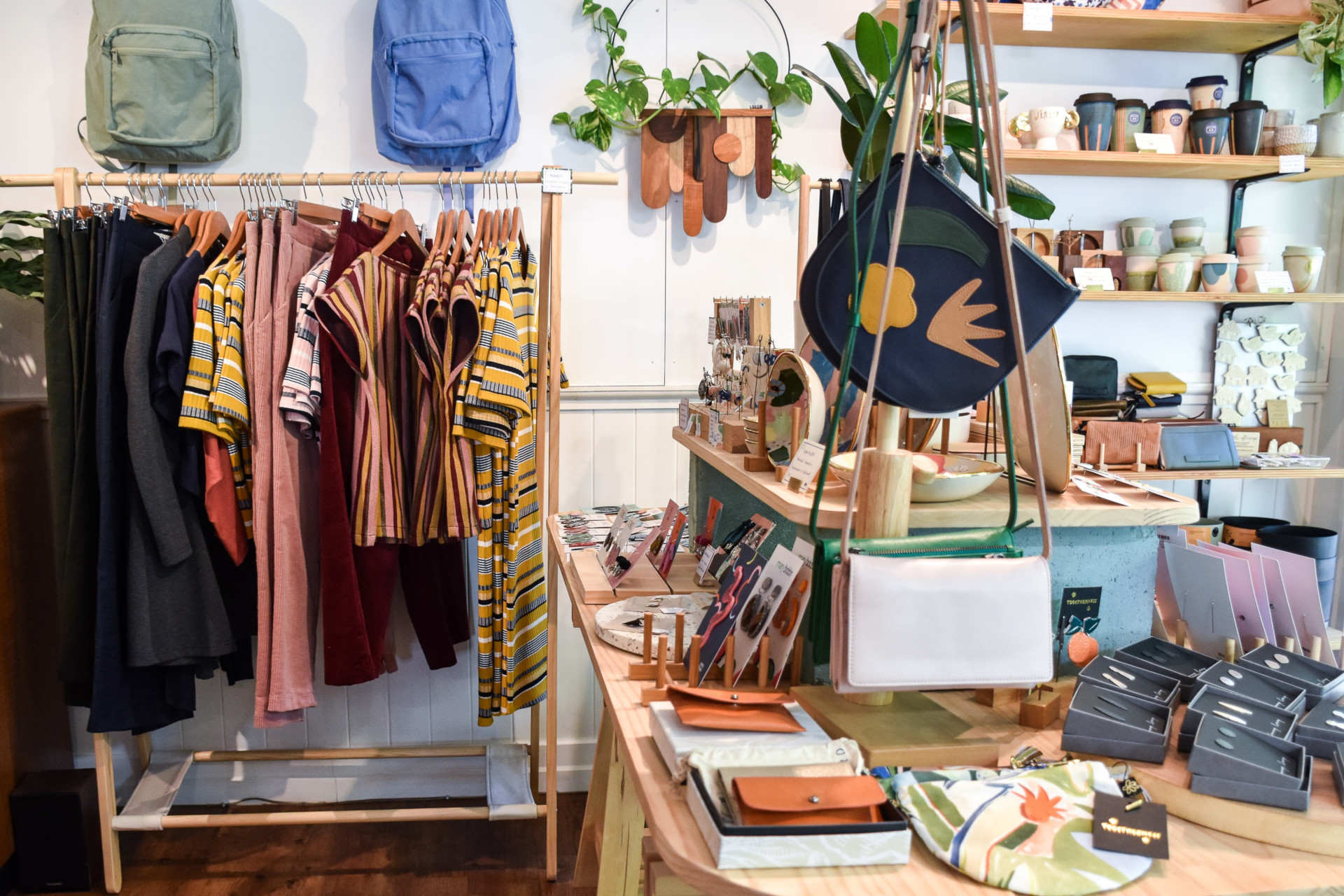
(c) Social Cut, Unsplash
What are the pros and cons of slow fashion?
‘A key positive is that slow fashion encourages consumers to slow down their buying habits,’ highlights Rebecca. ‘This is considered a positive here as it reduces the volume of waste produced by the fashion industry, as well as reducing the pollution caused by many of the production processes.
‘It’s also worth adding that much of the slow fashion movement does not blame consumers for wanting to buy new products regularly. It is recognized that this is a result of a decades-long approach to encouraging consumption, which has led to a ‘more is more, newer is better’ attitude. Key drivers have been marketing teams and campaigns, but it goes beyond that to businesses being incentivized to sell more, rather than sell better – and this comes all the way from the top, from governments focused on GDP at the cost of other key measures of success.
‘An additional positive is that slow fashion practitioners want their products to be used more and for longer. This means that they have to think about the impact of the product on the end user and brings their needs firmly into focus. It means that the designers have to think about how a garment feels, or how a product functions as well as how it looks and that as a result products which may have been previously only superficially relevant become more appropriate from a broader perspective.’
And the cons? ‘Businesses could consider a negative of the slow fashion movement to be that it encourages consumers to purchase less frequently which slows down their turn over and, for smaller businesses in particular, they often rely on regular turn over to ensure the continual flow of finance and to maintain their business models and structures. It is true that if everyone adopted slow fashion and slow living approaches that commerce and the economy as we know it would change, however it’s unlikely that there will be a sudden and mass switch in lifestyle and ethics; rather a gradually growing movement of people who make small changes to their approach as consumers and as practitioners working in industry.’
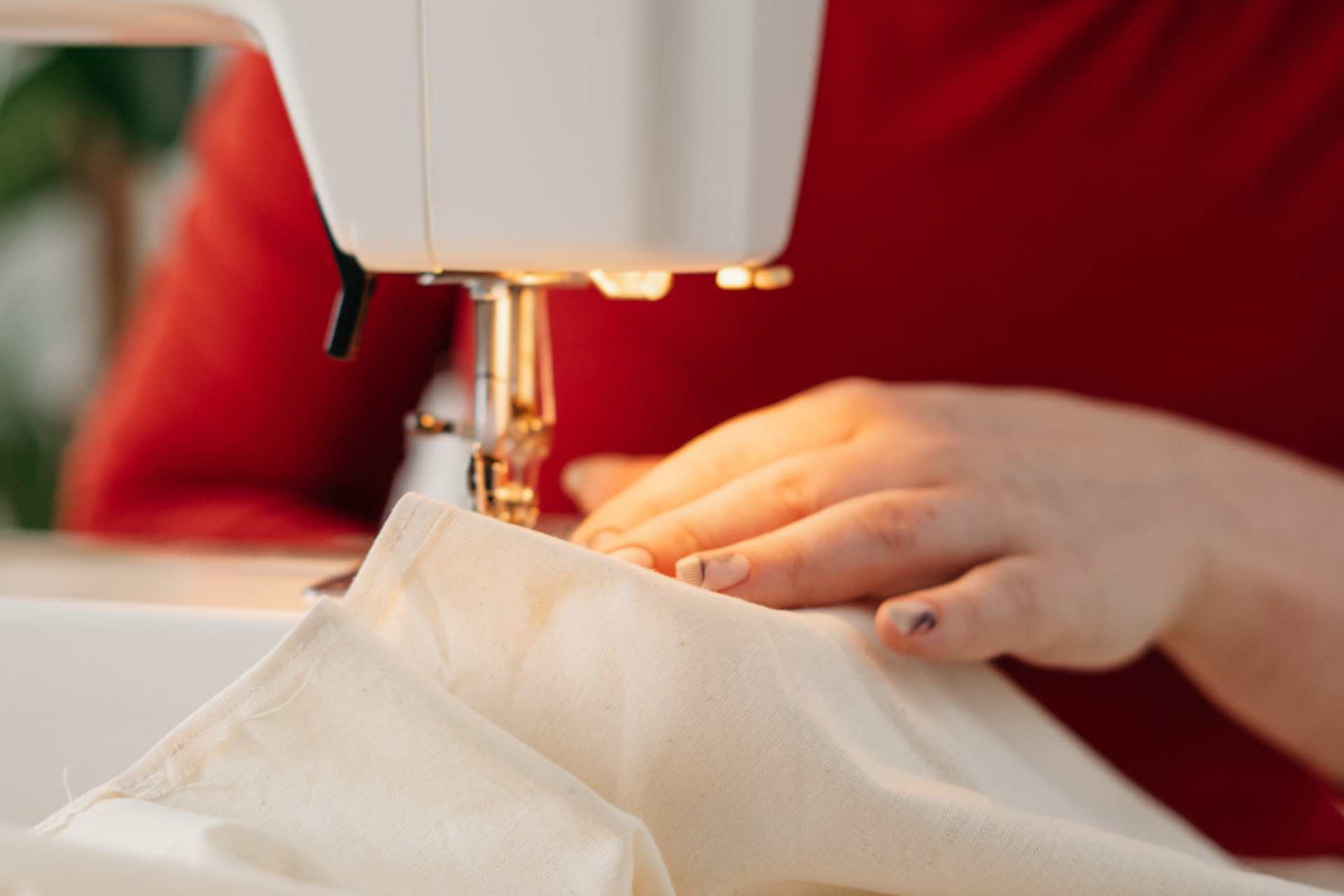
(c) Tata Toto, Unsplash
Is slow fashion better for the planet than fast fashion?
Typically, the answer is yes. Because slow fashion tackles the issue at the very first stages of design and production, products are subsequently created at a much lower cost to the planet. As Rebecca notes, ‘according to Wrap (shared through ReDress, the world’s largest sustainable fashion design competition) around 80per cent of a product’s environmental impact is locked in at design stage. This means that with more consideration at the design and development stage, products can be better for the planet.
‘A key tenet of slow fashion is to allow the time for consideration in the design and development stages,’ Rebecca adds. ‘By spending longer developing a design, it is thought that the impact on the designer themselves is more positive and also that the resulting products are better considered and more positively impactful on its intended user, as well as the environment. Renowned academic and innovative zero waste designer, Timo Rissanen, has spoken previously about the incredibly limited time available for practitioners to design a product and develop it in a commercial environment, resulting in dissatisfaction and consistent burn out. Slowing this process is thought to have holistic benefits to the designer, the user and the environment through its alternative approach.’
But there’s one key note we should consider when it comes to slow fashion, says Rebecca: ‘It is often considered synonymous with sustainability, but while there are several points where the two topics overlap, it’s worth considering that slow fashion reaches these sustainable end points as a bi-product of being more considerate as a whole. Yes, slow fashion as an approach and as products is better for the planet, but it is also better for the people engaged in the process from designer level through to the end consumer.’
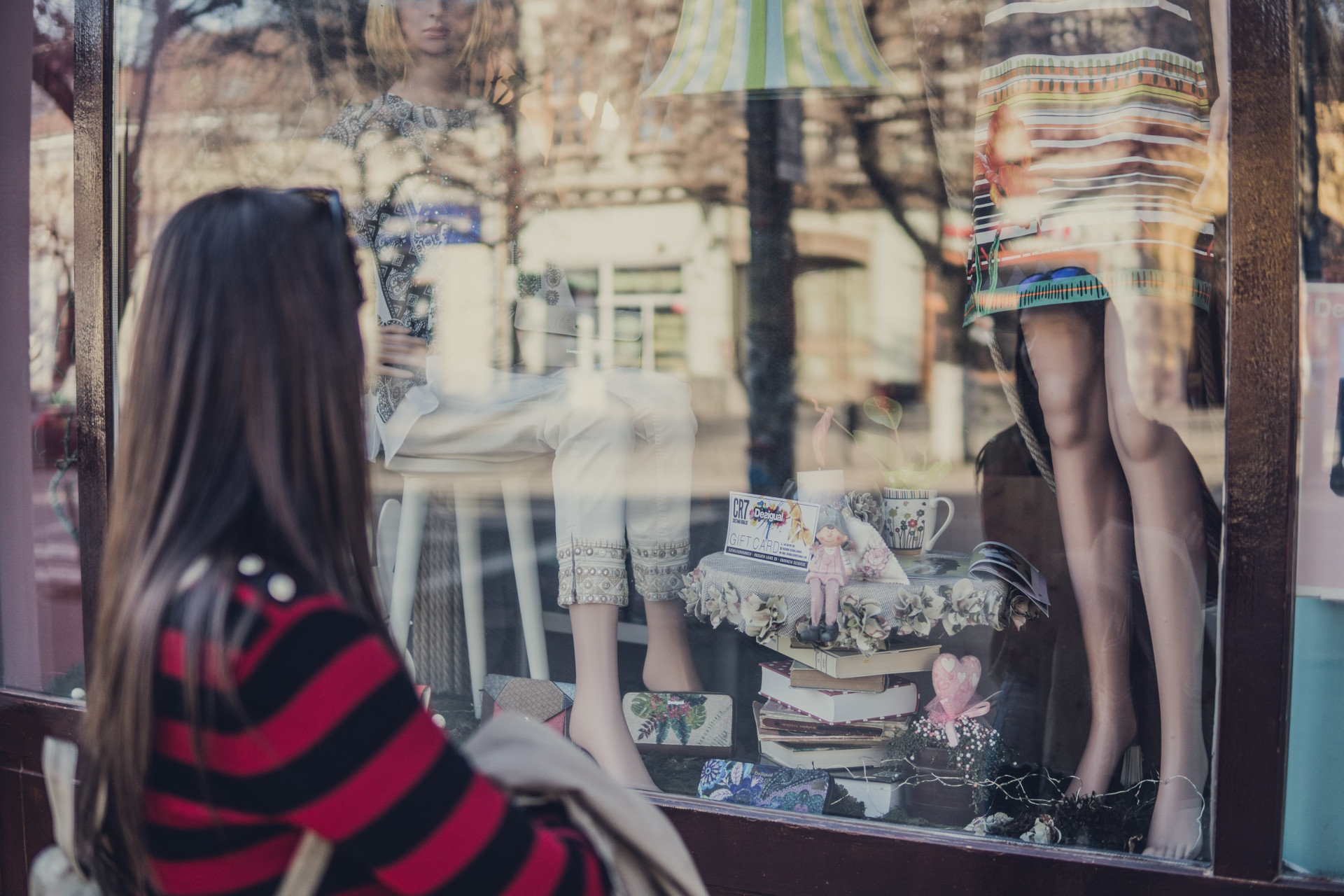
(c) George Bakos, Unsplash
How can we spot greenwashing claims linked to slow fashion?
‘Many brands have been accused of greenwashing, which is the practice of making sustainability claims about their business which are not true or are misleading. A recent study shared by Edie.net indicated that 60% of sustainability claims by fashion giants are greenwashing. This study doesn’t single out the topic of slow fashion as a concern, but does note that in general greenwashing is rife throughout the commercial fashion industry. Another one of their articles blames the propensity for brands to make false or misleading claims about sustainability on the current sustainability schemes and reporting resources not being fit for purpose.
‘Despite the wealth of brands (falsely or otherwise) sharing their sustainable credentials, there is little in the way of brands advertising a shift to slow fashion approaches including those more holistic considerations previously mentioned. Sustainability is a huge topic and it’s easy to see how brands can become caught up in analysing and focusing on areas for improvement from this perspective. However, by ensuring design teams and supply chains are educated about areas of impact and then allowing them time to develop products with more consideration, the negative impact of products could be substantially reduced, and moreover the positive impact of the products on various stakeholders (including the designers and customers) could be increased. This requires a more “macro” approach to considering the impact of brands and their products than we’re currently seeing in the media, so it will be interesting to see if there is a change in tactics from brands as the slow fashion movement continues to build momentum.’
What impact has slow fashion had on us?
While we’re becoming more aware of the benefits of slow fashion, fast fashion still has quite a hold on us. ‘The impact of social media and social advertising has fueled the fast fashion boom in recent years. In order to undo the high-demand shopping habits that have been nurtured over the last few years, there would need to be dramatic change in social behaviours from us as consumers.
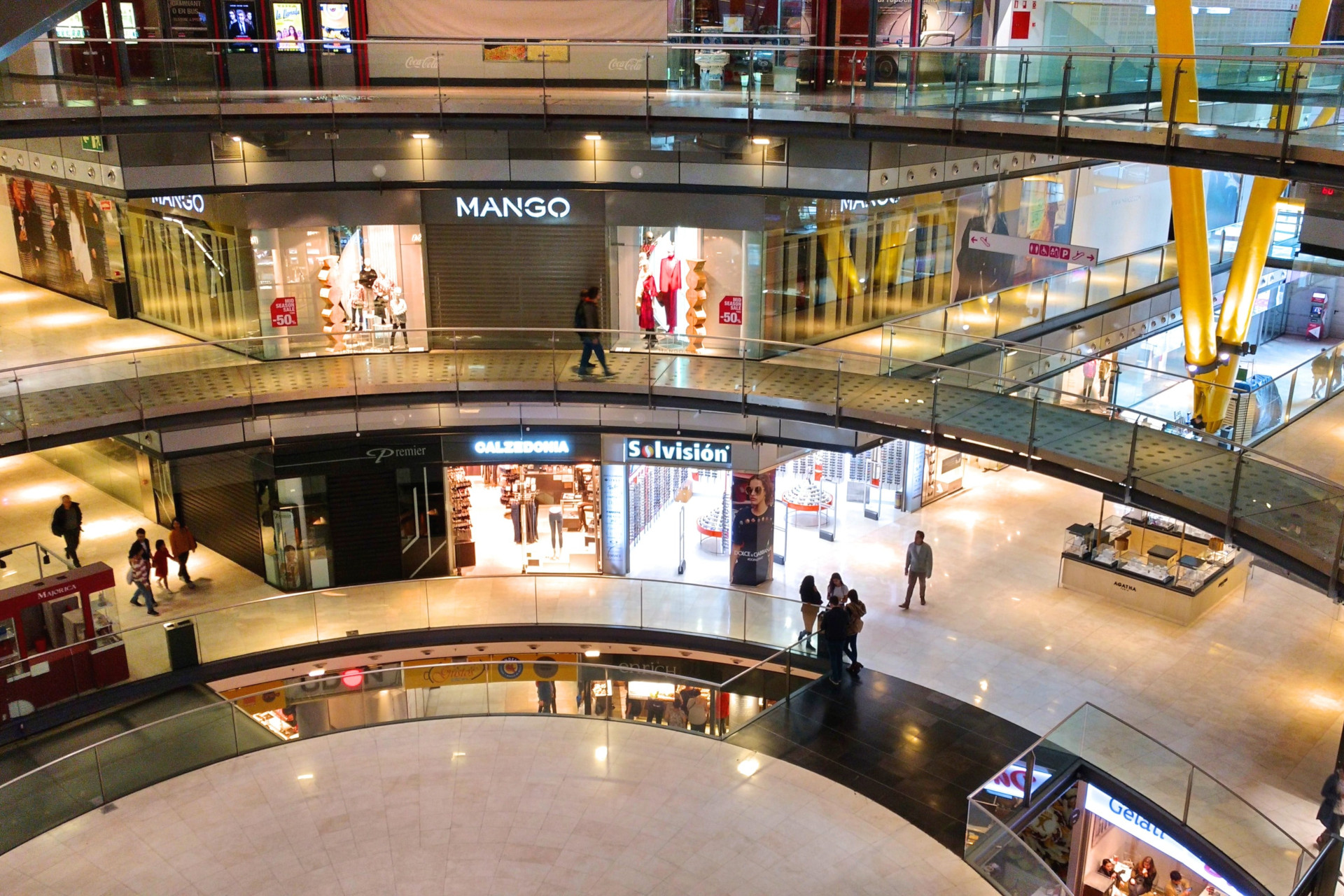
(c) Unsplash
‘The easing of restrictions following the COVID-19 pandemic is a start, with people looking at their devices for less hours of the day than before and shifting their priorities as a result of the last couple of years. However, the biggest influence is yet to come and will be connected to the recession predicted by many economists. The cost of living crisis in the UK will force the members of the public who are most likely to purchase fast fashion products to adjust their spending habits and think more before they buy. This forced reset on how we spend our money will likely encourage a slower approach to consumption and less impulsive buying habits. The challenge is to try to ensure consumers see this as a positive outcome of trying times, rather than a punishment.’
So, will more brands be picking up slow fashion practices in the future? ‘A point that’s worth considering is that brands and designers at a higher market level can not keep up with fast fashion brands and the volume of products they produce,’ explains Rebecca. ‘It is likely that labels on the more luxury end of the market will make a conscious decision to reduce the number of seasons they design for, possibly reducing the quantities of products ordered for the season launch.
‘However, brands on the more budget, affordable end of the market would struggle to change their business models without a huge overhaul as they rely on maintaining the demand for regular releases of something new, so it’s in their financial interest to keep releasing new products regularly and keeping the consumer on the buying treadmill.’
Featured image: Alyssa Strohmann, Unsplash

